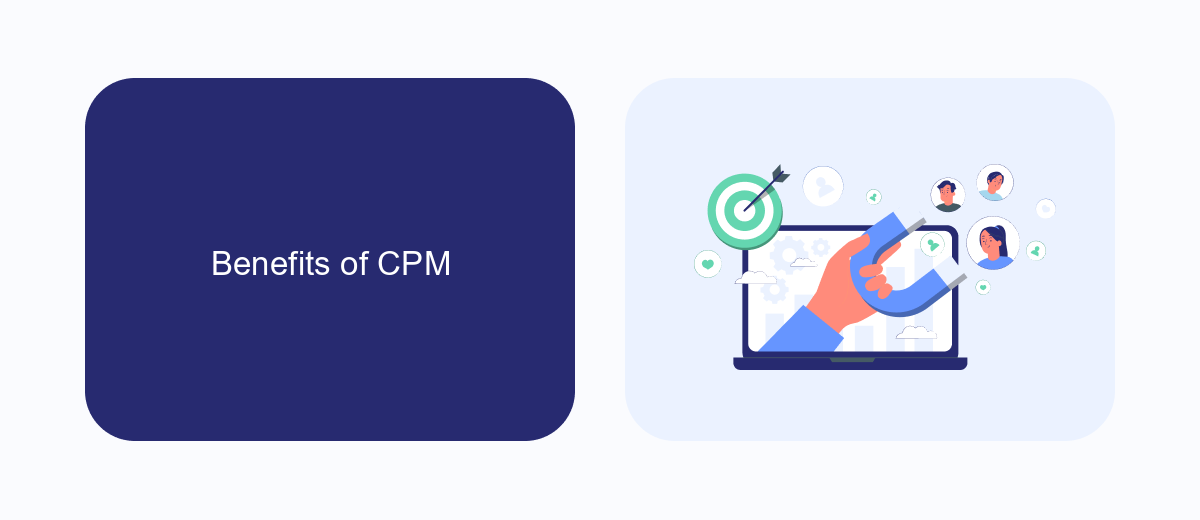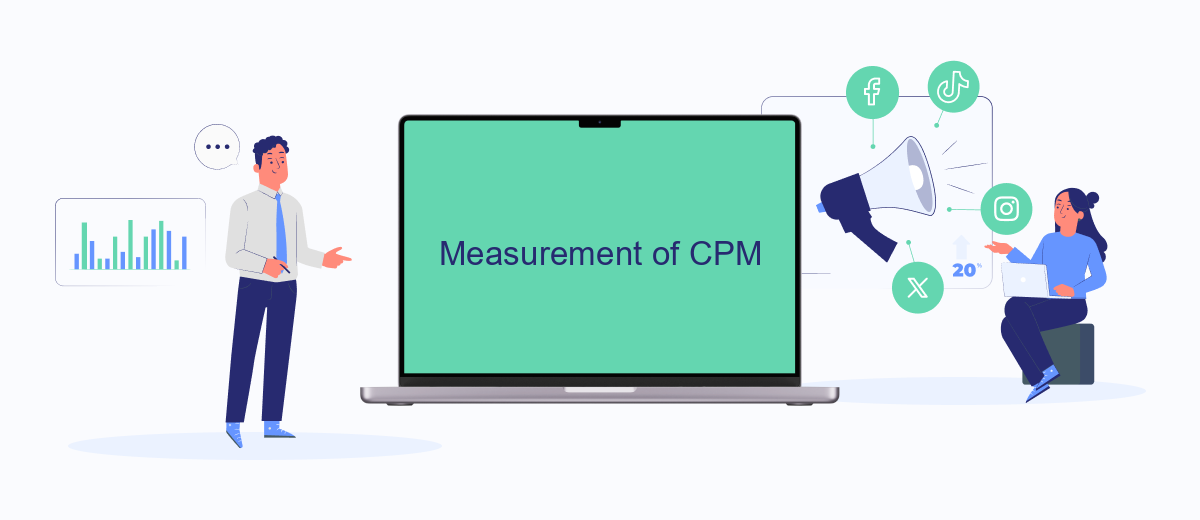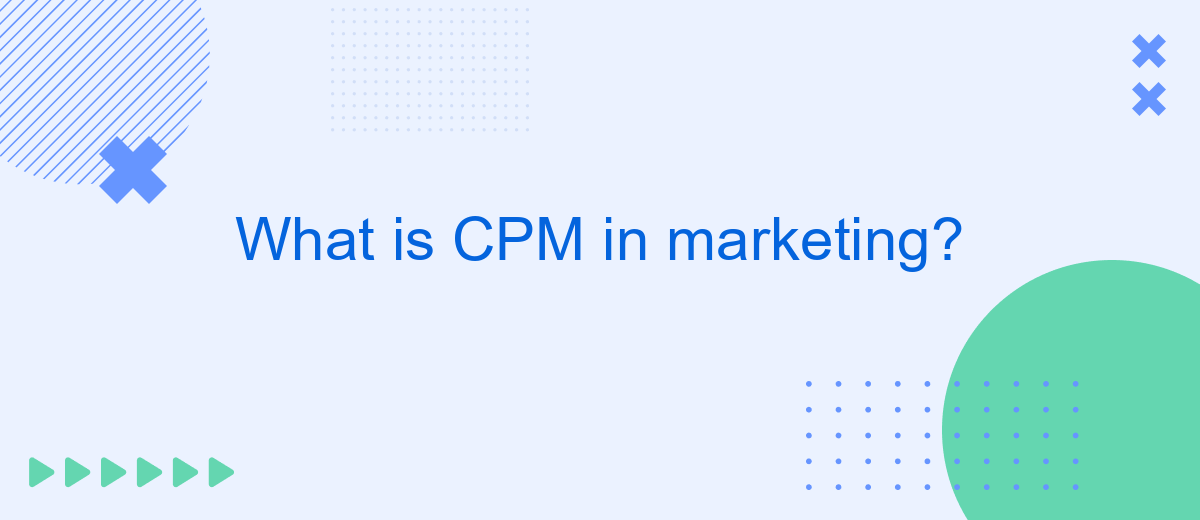CPM, or Cost Per Thousand Impressions, is a fundamental metric in marketing that measures the cost of reaching one thousand potential customers through an advertisement. This metric is crucial for businesses to evaluate the efficiency and effectiveness of their marketing campaigns, enabling them to optimize their ad spend and maximize their return on investment. Understanding CPM is essential for any marketer aiming to achieve strategic advertising goals.
What is CPM in Marketing?
CPM, or Cost Per Mille, is a crucial metric in marketing that measures the cost of 1,000 ad impressions on a webpage. This metric helps advertisers understand the efficiency and reach of their advertising campaigns. By analyzing CPM, businesses can optimize their ad spend and ensure they are getting the most value for their investment.
- CPM provides insights into the cost-effectiveness of ad campaigns.
- It helps in comparing the performance of different marketing channels.
- Businesses can use CPM to budget their advertising expenses more effectively.
To maximize the benefits of CPM, integrating various marketing tools and platforms is essential. Services like SaveMyLeads simplify this process by offering seamless integrations with popular advertising platforms. This allows marketers to automate data flows, monitor campaign performance in real-time, and make informed decisions to enhance their marketing strategies.
Benefits of CPM

CPM, or Cost Per Thousand Impressions, offers several benefits for marketers looking to maximize their advertising budget. One of the primary advantages is its cost-effectiveness. By paying for every thousand impressions, businesses can reach a large audience without incurring the high costs associated with other pricing models like CPC (Cost Per Click) or CPA (Cost Per Acquisition). This makes CPM particularly appealing for brand awareness campaigns where the goal is to get your message in front of as many eyes as possible.
Another significant benefit of CPM is its ability to provide measurable results. Marketers can easily track the number of impressions and assess the reach of their campaigns. Tools and services like SaveMyLeads can further enhance the effectiveness of CPM campaigns by automating data collection and integration. SaveMyLeads helps marketers seamlessly connect their advertising platforms with CRM systems, ensuring that all relevant data is captured and analyzed efficiently. This integration enables more informed decision-making and optimizes the overall marketing strategy.
Measurement of CPM

CPM, or Cost Per Thousand Impressions, is a critical metric in digital marketing that measures the cost of one thousand ad impressions. It is widely used to evaluate the efficiency and reach of advertising campaigns, enabling marketers to compare the cost-effectiveness of different media channels.
- Calculate the total cost of the advertising campaign.
- Determine the total number of impressions generated.
- Divide the total cost by the total number of impressions.
- Multiply the result by 1,000 to get the CPM value.
For businesses looking to automate and streamline their marketing efforts, services like SaveMyLeads can be invaluable. SaveMyLeads allows seamless integration with various platforms, ensuring that your marketing data flows smoothly and efficiently. This can help in accurately measuring CPM and optimizing your campaigns for better performance.
Factors Affecting CPM

Cost Per Thousand (CPM) is a crucial metric in marketing that measures the cost of 1,000 ad impressions. Various factors can influence CPM rates, making it essential for marketers to understand these elements to optimize their advertising budgets effectively.
One of the primary factors affecting CPM is the target audience. Advertisers often pay more to reach specific demographics, such as high-income individuals or niche markets. Additionally, the type of ad format and placement can significantly impact CPM rates. For example, video ads typically have higher CPMs compared to banner ads due to their engaging nature.
- Seasonality: CPM rates can fluctuate based on the time of year, with higher rates during peak shopping seasons.
- Geographical Location: Ads targeting users in high-demand regions often have higher CPMs.
- Ad Quality: Higher quality ads that engage users tend to command higher CPM rates.
- Integration Tools: Services like SaveMyLeads can help optimize ad performance, potentially affecting CPM by automating lead generation and improving targeting accuracy.
Understanding these factors allows marketers to strategize effectively and allocate their advertising budgets more efficiently. By leveraging tools like SaveMyLeads, marketers can enhance their ad campaigns, ensuring they reach the right audience at the optimal cost.
Conclusion
In conclusion, CPM (Cost Per Thousand Impressions) is a fundamental metric in marketing that helps businesses measure the cost-effectiveness of their advertising campaigns. It allows marketers to understand how much they are spending to reach a thousand potential customers, providing valuable insights for budgeting and optimizing ad spend. By analyzing CPM, businesses can make informed decisions about where to allocate their advertising resources to maximize reach and engagement.
Moreover, integrating data and automating processes can significantly enhance the efficiency of managing CPM-based campaigns. Services like SaveMyLeads offer seamless integration solutions that allow marketers to connect various platforms and streamline their workflow. By utilizing such tools, businesses can save time, reduce manual errors, and focus on strategic activities that drive better results. Ultimately, understanding and leveraging CPM, along with the right integration tools, can lead to more successful and cost-effective marketing efforts.


FAQ
What is CPM in marketing?
How is CPM calculated?
Why is CPM important in digital marketing?
What factors can influence CPM rates?
How can businesses optimize their CPM campaigns?
Would you like your employees to receive real-time data on new Facebook leads, and automatically send a welcome email or SMS to users who have responded to your social media ad? All this and more can be implemented using the SaveMyLeads system. Connect the necessary services to your Facebook advertising account and automate data transfer and routine work. Let your employees focus on what really matters, rather than wasting time manually transferring data or sending out template emails.
